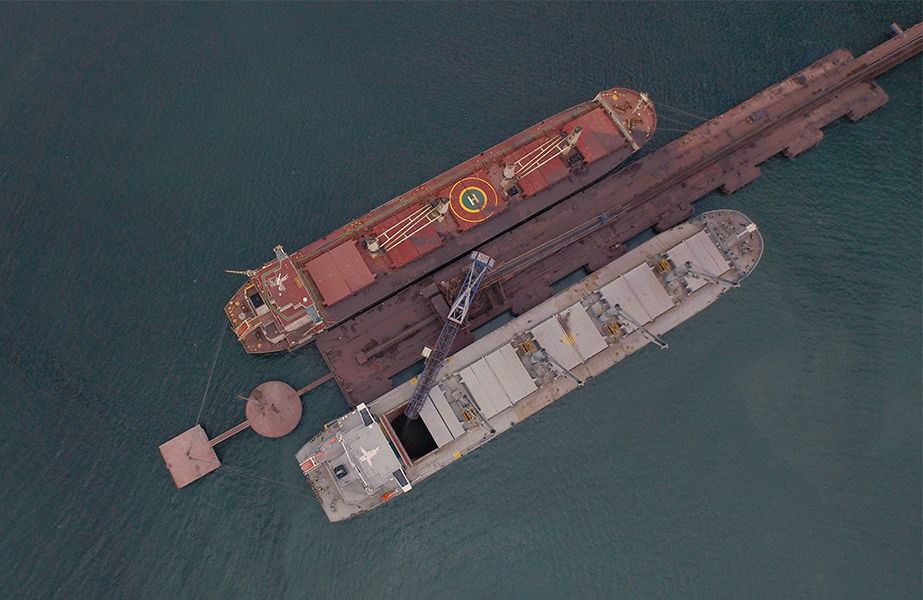Tests on WinGD’s X-DF line of engines with LNG and ammonia fuels have yielded desired results, according to the company
WinGD is claiming new technology has cut methane emissions on its LNG-diesel dual-fuel engines and that it has met its own thermal efficiency targets for its ammonia-diesel dual-fuel engines in a series of tests on two of its X-DF line of engines.
The Swiss-headquartered engine designer has been testing both engines in different facilities, with tests on new X-DF LNG and diesel dual-fuel engines taking place at Mitsui E&S DU facilities in Japan and tests on the X-DF-A ammonia and diesel dual-fuel engine design taking place at WinGD’s own research centre in Winterthur, Switzerland.
Methane slip reduction
The testing of the new X-DF engine in Japan centred on the addition of new technology that introduces variable compression ratio (VCR) with the aim of curbing emisisons of the potent greenhouse gas (GHG) methane while running the X-DF on LNG fuel.
Mitsui E&S are building the first set of WinGD’s new VCR-enabled engine designs in Japan to install in a series of bulk carriers for Japan-headquartered shipowner NYK Lines.
According to WinGD, the six-cylinder, 62-bore version of the X-DF engine achieved around 30.0% fewer methane emissions than the same engine without VCR, taking total slip to around 0.8% of gas consumption.
“This is less than half the EU (and provisional IMO) default slip attributed to low-pressure, low-speed dual-fuel engines in maritime regulations. The reduction is expected to be even greater for engines with a larger bore,” WinGD said, noting it has taken more than 100 orders for its X-DF engines with VCR.
The company said it recorded methane slip reduction alongside a fuel reduction of up to 5.8% in gas mode and up to 6.9% in diesel mode.
WinGD describes its VCR technology as automatically adjusting engine compression ratios for improved fuel combustion, based on engine load, fuel type and ambient conditions. The company said it has a pilot engine already in tests on one vessel and the technology can be applied to all new X-DF engines via a retrofit.






